Make your kids future-ready
Please contact us for your detailed queries so we can assist your needs better

Picture this scenario, parents walk in the door tired from work and immediately notice their child’s school bag tossed on the sofa.
They walk through the house and find the kid playing a videogame on his PC/iPad and think to themselves “Why’d I even buy this device for him? He’d be better off studying.”
Feels familiar, doesn’t it?
But think about how this would go if the kid would jump up and announce that he’s created his own application?
Would that change his parent’s view on Education and Computers?
How would programming make a child better at arts or social studies you ask? Well, here are a few ways learning to program makes for a great boost to your child’s school life.
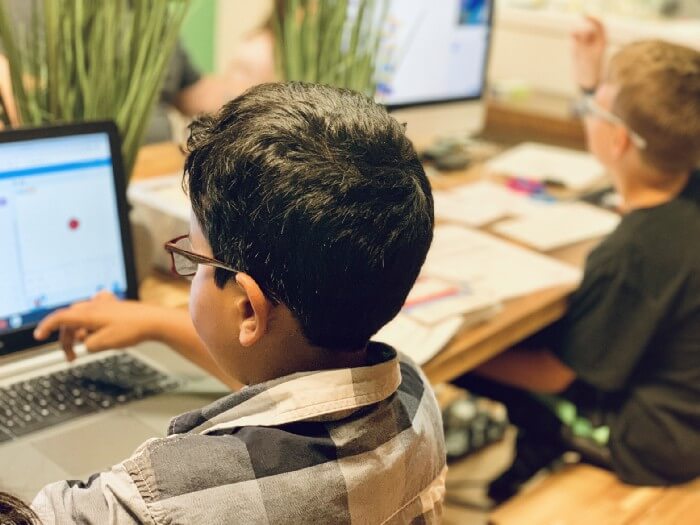
The whole point of teaching effectively is to decrease the gap between grasping knowledge and having fun. Learning to program is complemented by making programs that you like. For example, once children understand the concepts and graphics, they make their own games and applications. Programming is a great way to blend learning and playing.
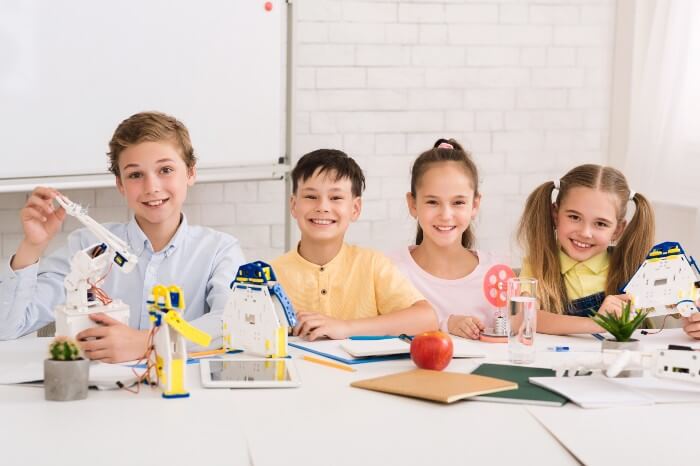
As kids, we always found creative ways to have fun. Even though schools try their best now to continue this creativity but when children are taught just to remember what each textbook says, one cannot really develop out-of-the-box thinking.
As part of our STEM education, we emphasize on the use of logic and creativity to solve problems. A programming language is still just a tool at the end of the day, not an answer. But when children have the right tools, they can let their creativity flow. Coding gives children a new way to find solutions to problems with the help of technology along with relevant theoretical knowledge like physics or math.
Want more information on what STEM is, read this

Most mnemonics rely on making connections between a piece of information and an easy to remember word/object. Making connections between subjects is like weaving a web of knowledge, it cements the concept firmly in your memory.
Programming, through STEM Education, involves not just computer science but also Mathematics, Geometry, and Physics. It is also driven by logic. This means that children would have to apply their knowledge of all these areas to come up with the perfect program. This teaches them to connect multiple topics or fields throughout their studies and leads to them gaining an overall clarity over how things from one subject affect another seemingly unrelated subject like Math from formal sciences and Economics from social science.
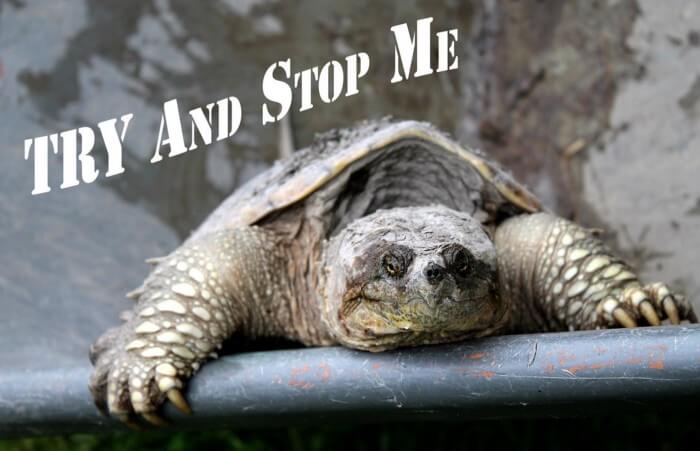
Any programmer will attest that they have made mistakes in their code 100s of times in their work. Programming teaches children one thing that scholastic subjects don’t- ‘How to deal with failure?’ Anytime children make an error in their program, they learn to go back and check where they made a mistake in a process called Debugging. They build-up persistence to finish something they’ve started no matter how many tries it takes and Persistence is the difference between success and giving up.
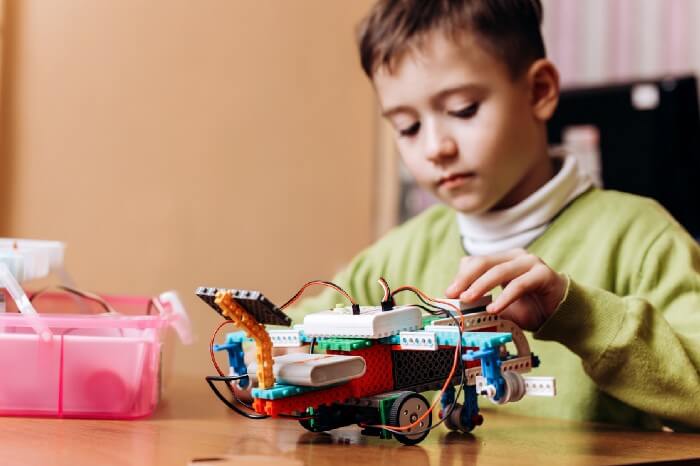
Children develop computational thinking which is looking at a problem like a computer would. This means breaking down information they are given from a problem into smaller subproblems, looking for patterns in those problems, filtering what we need for a solution and then coming up with the solution. It is not a widely known way of looking at problems outside of programming but is very efficient and useful. Children can apply this to any obstacle they have in their curriculum and will have an edge over those who cannot.
To find out more about computational thinking and pattern recognition, read this

Computational Thinking focuses on breaking down big problems into small ones. Structural Thinking is the opposite where small things are fit into the greater result. It gets developed when children use small blocks of code to make the big program. This lets them see how the small tasks and information they receive can be used to achieve a greater result. It’s like how many singular instruments can be combined to play an orchestra or how small cells form tissues that form organs that collectively form an organ system.

Writing is an important activity in school life and effective writing is a great skill to have. When children learn to put what’s on their mind into machine language, they get clarity on how to put their abstract ideas and thoughts out in an organized manner. This inexplicably leads to betterment in their writing skill which directly translates to better performance in their exams.
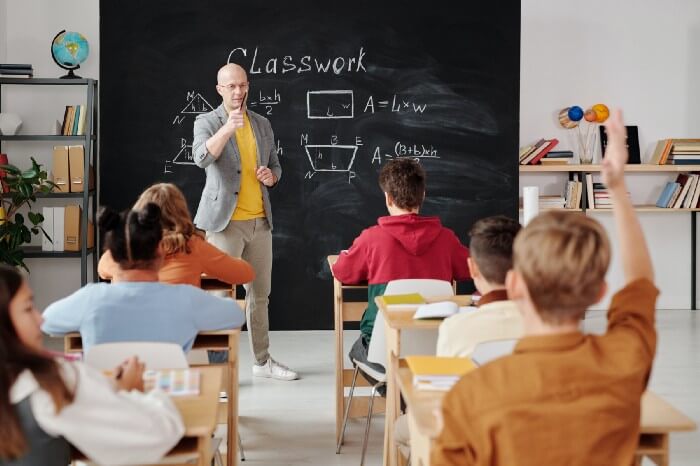
While the common misconception that programming involves spending a lot of time sitting slouched in front of a screen is incorrect, programming does involve spending more than a few minutes on the same blinking cursor and block of code, focused on a singular aspect of the program. As children get habituated to this, their attention and concentration span also elongate. They can concentrate better and longer in class and can endure long hours of study.
And that is why the new generation, Generation-Z, would highly benefit from being exposed to programming from a tender age. The reason we post articles like these is to bring to light why we built our organization. Young minds are like clay, malleable to any kind of experience. Let’s give them a way of communicating with their life-long companion- technology. Find out more on our webpage https://turingninjas.com.
Please contact us for your detailed queries so we can assist your needs better